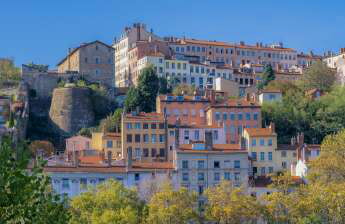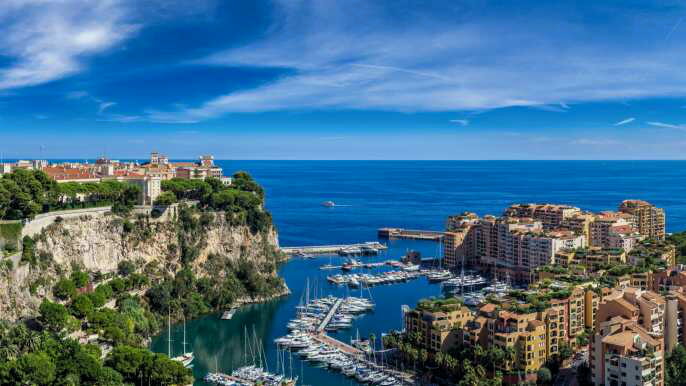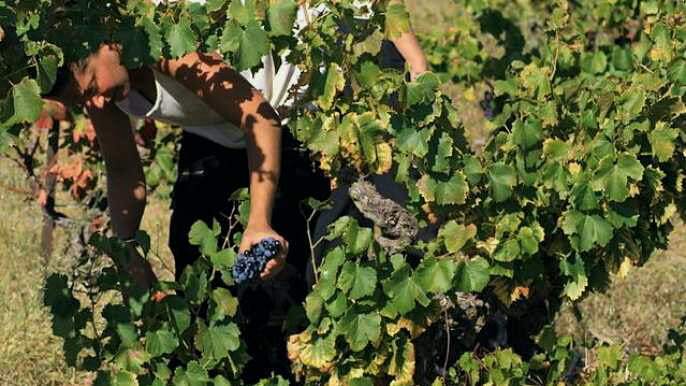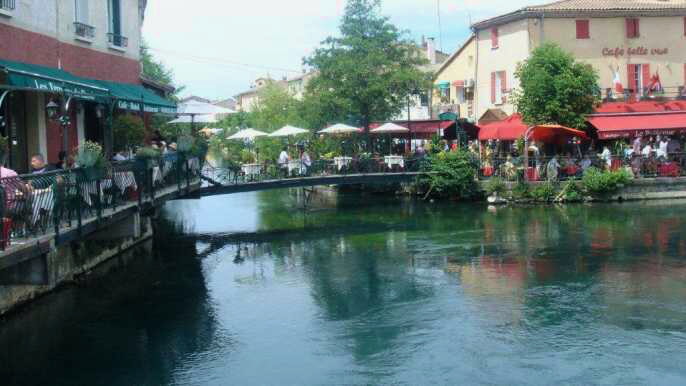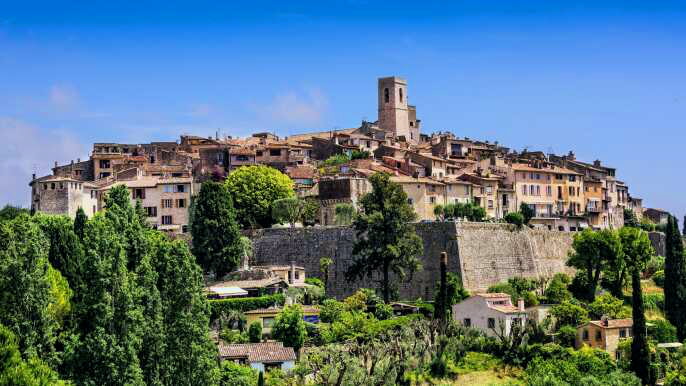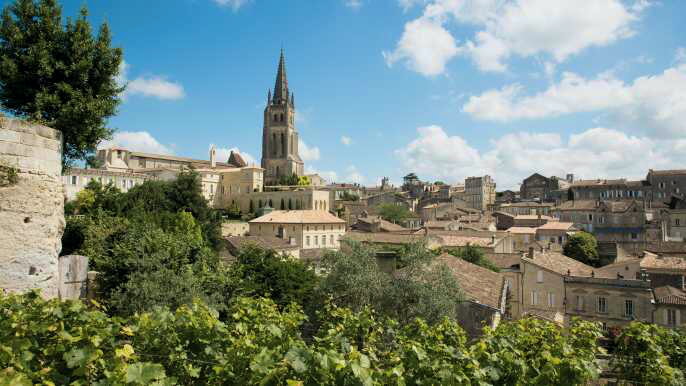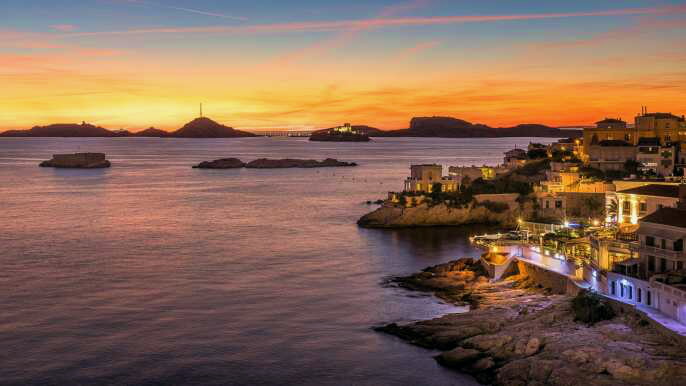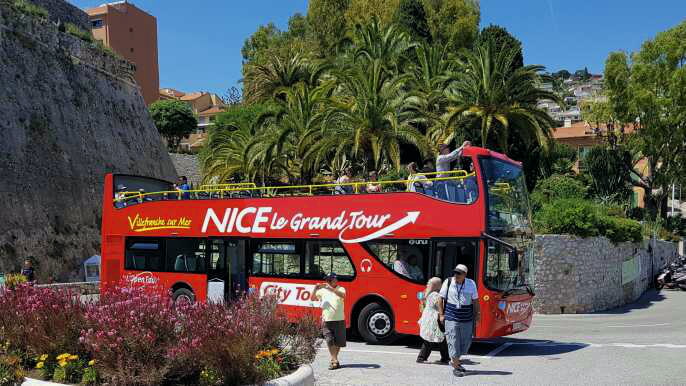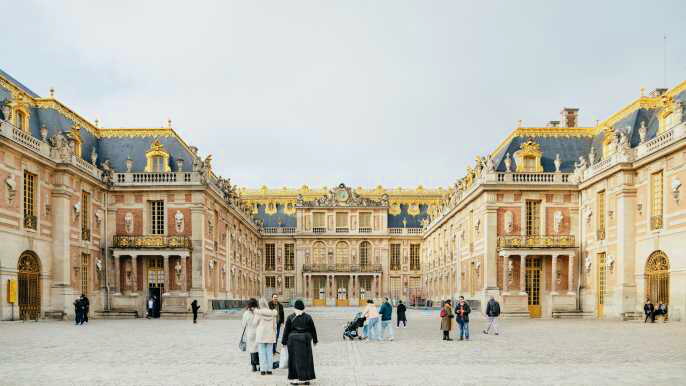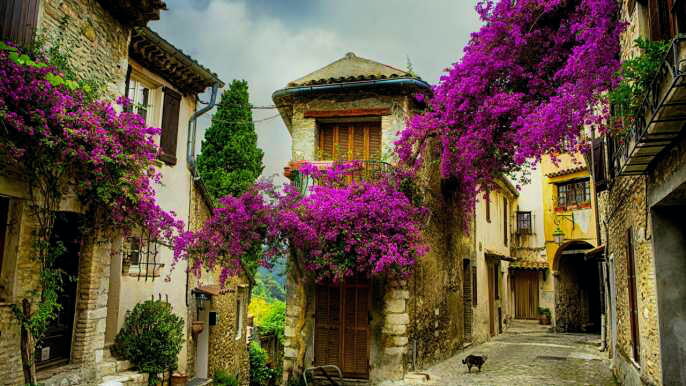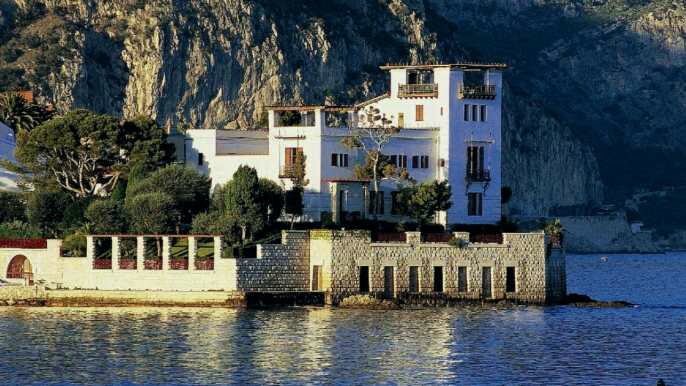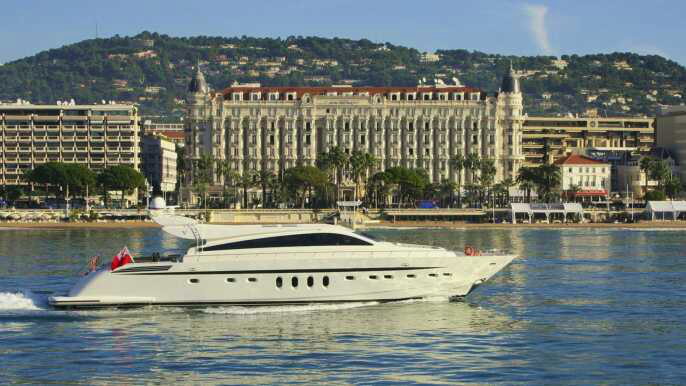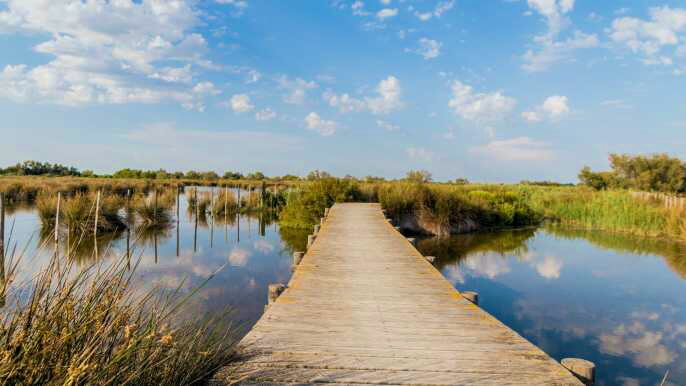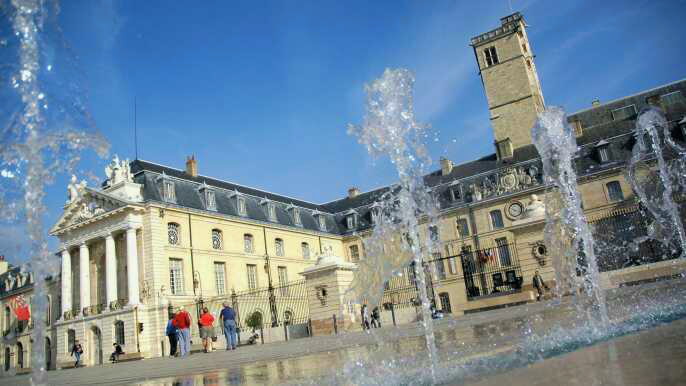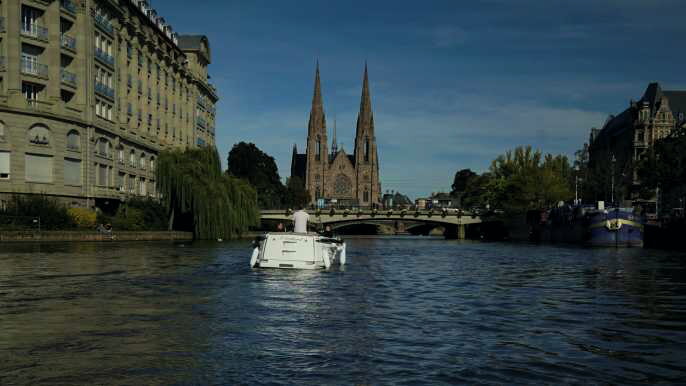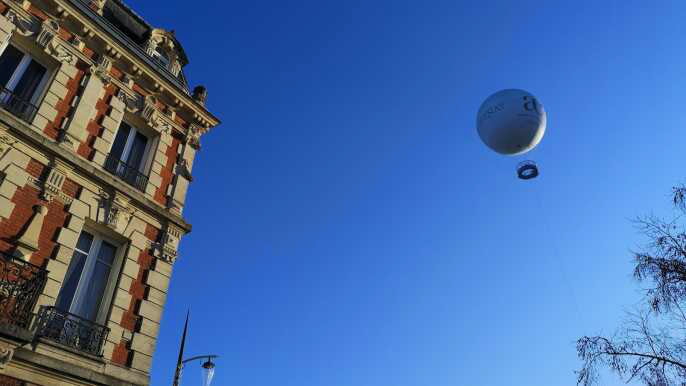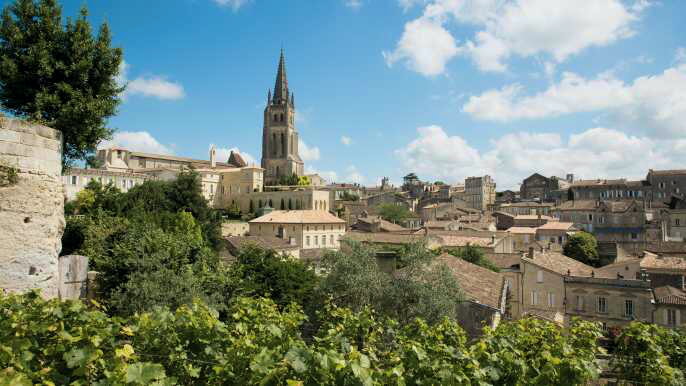Whether you're an art buff, foodie or history lover there's something for everyone in Lyon. Read on for a list of all the best things to see and to do in this stunning French city!
Start your day with a hike up Fourviere, the tallest hill in town and one of the city's most iconic landmarks. The view of the city is stunning and you'll get a glimpse into its history as you descend to the ruins of the Roman amphitheater and Odeon.
Ampere Museum
The Ampere Museum in Lyon is a great place to learn about the life and research of the famous physicist and scientist. Here you can see a variety of experiments which demonstrate the history of electricity.
This museum was established in 1904 and is situated in the heart of the city. It displays a vast collection of textiles and silks, as well as furniture, decorative arts and European paintings.
There are also a few interesting exhibitions on World War II, the French Resistance, and Lyon's culture in general. It is also possible to see temporary exhibitions here.
Ampere was one of the first scientists to react to the discovery of electricity by Danish physicist Hans Christian Orsted in 1820. He immediately conducted experiments to confirm the findings and reported it to the Academy.
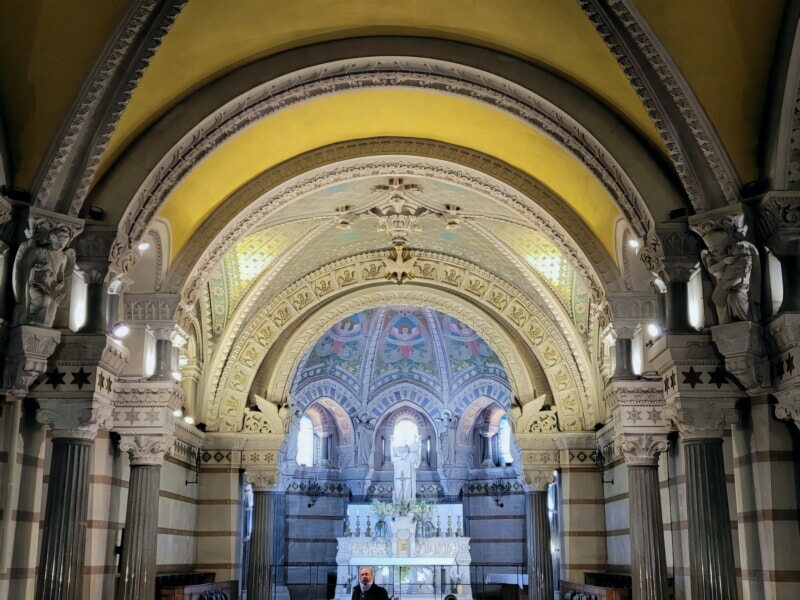
Gallo-Roman Museum of Lyon-Fourviere
A UNESCO World Heritage site, the Gallo-Roman Museum of Lyon-Fourviere is the perfect symbiosis between an archaeological site and exceptional collections. Designed by architect Bernard Zehrfuss, the entire structure is underground and built into the side of the Fourviere hill, blending in with the landscape.
Inside, you’ll find seventeen rooms dedicated to the various themes of the Gallo-Roman era. The collection is extensive, with sarcophagi, ancient inscriptions, antique art and everyday objects all on display.
The museum also includes an impressive mosaic floor depicting a quadriga race in a Roman circus (more accurate than similar ones found in Sicily, Antioch and Girona). There’s also an unusual relief showing a woman with a child, surrounded by patera and a cornucopia.
Lugdunum was founded in 43 BC on the Fourviere hill, a place that was well-placed for trade thanks to the rivers flowing through it (think the Nile in Egypt and the Mississippi in the US). There’s even an Odeon Pavement made from the most extravagantly-coloured stones in the Roman world: green porphyry from Greece, red porphyry from Egypt, yellow marble from Africa and violet and red marble from Asia Minor.

Les Halles de Lyon Paul Bocuse
The gastronomic soul of Lyon is well and truly ensconced in the Halles de Lyon Paul Bocuse, an indoor market whose 56 merchants represent all aspects of the gastronomic world. Cheese makers, bakers, pastry chefs, butchers and fishmongers are among them, offering a range of local products that celebrate the region's culinary heritage.
The covered market – which dates back to 1971 – is in La Part-Dieu, near the city's main train station. It underwent extensive renovations in 2004 and now covers 13,000 square metres over three floors.
Foodies flock to this covered market on weekends, looking for high-quality Lyonnais specialties. Sausage-filled brioche (cervelle de canut cream cheese), marzipan coussins de Lyon and soups and quenelles a brochet from Giraudet are some of the standouts.
If you’re not hungry, the market has lots of shops and bars where you can spend your time. It also boasts several cozy restaurants where you can try escargot or oysters.
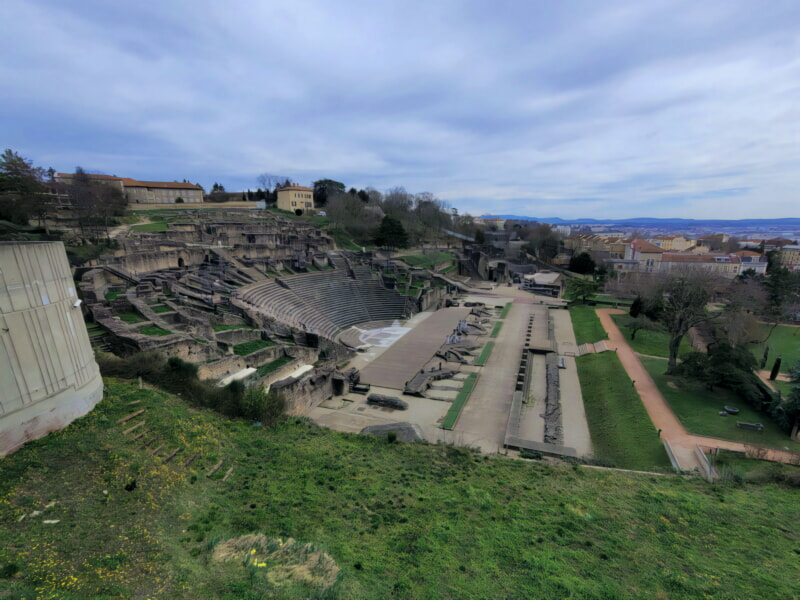
Museum of Fine Arts of Lyon
The Museum of Fine Arts of Lyon is one of the world's largest art museums, and a great place to see some beautiful old paintings. In a former 17th-century abbey, it features ancient and modern paintings, sculptures and artifacts from around the world.
- The museum's collections are constantly expanding thanks to a generous donation policy, which includes works from private and corporate patrons as well as descendants of artists. Its collection is comprised of more than three millennia of art, from ancient Egypt to modern Europe and beyond.
- The museum has a remarkable collection of Greek and Etruscan vases, sarcophagi and statuary from the Roman period as well as Byzantine ivory, painted Limoges enamel ware and Far Eastern ceramics. It also has a medal room and an impressive graphic arts collection.


